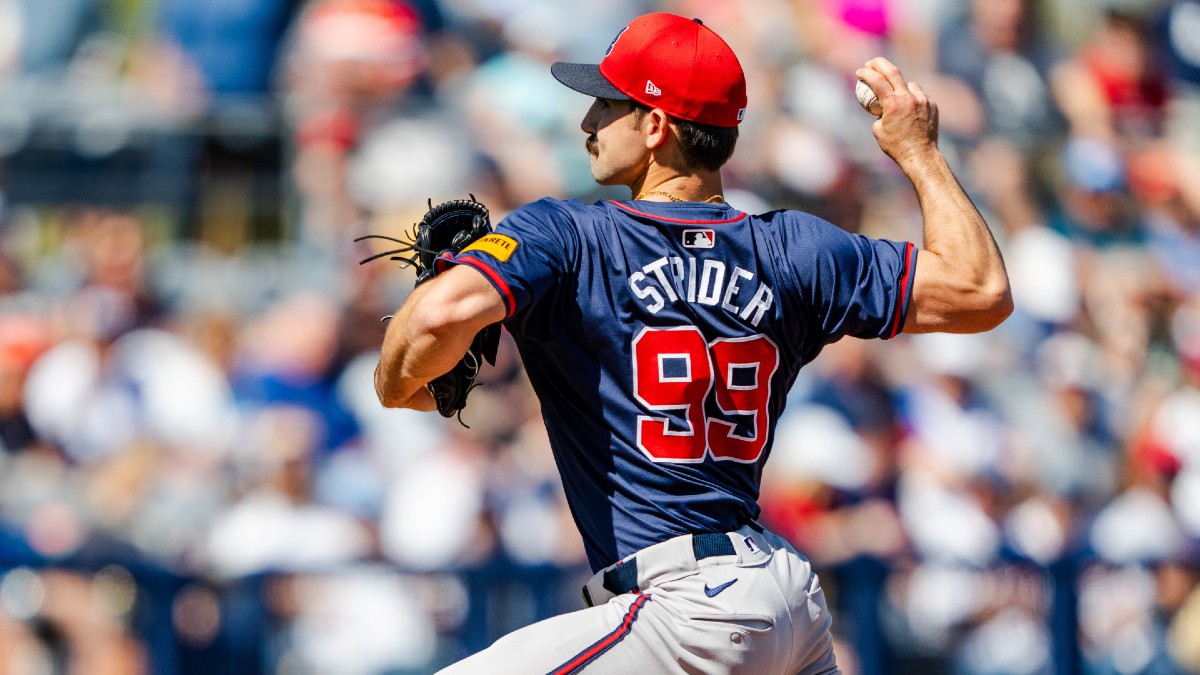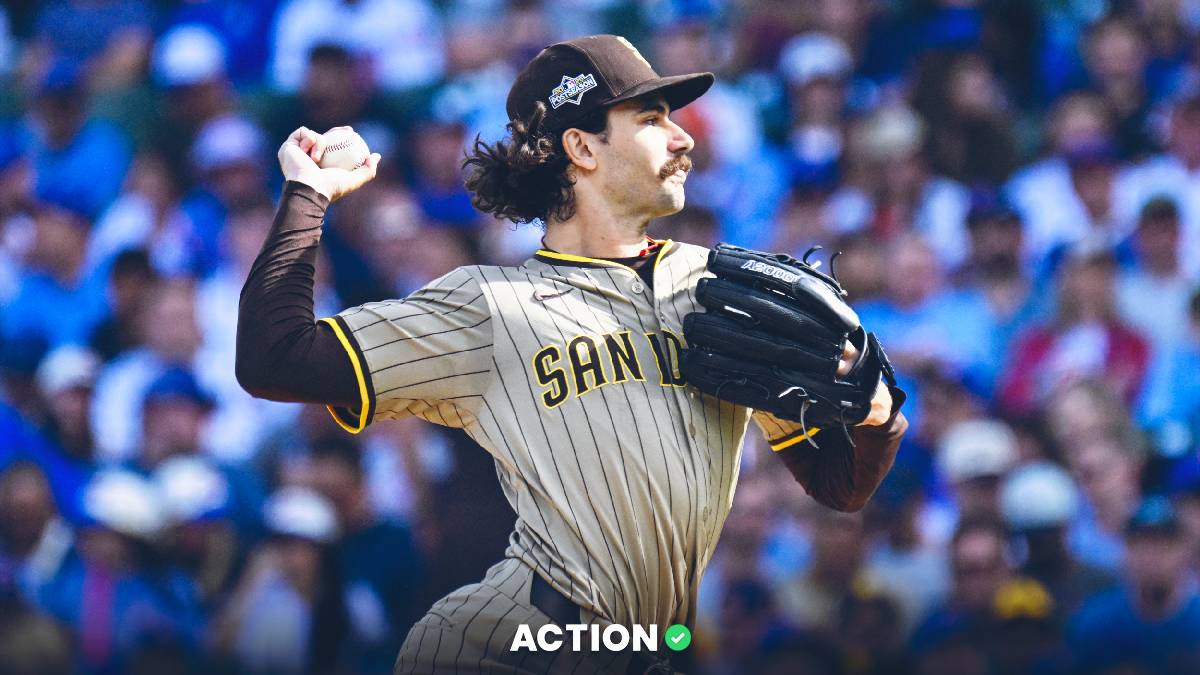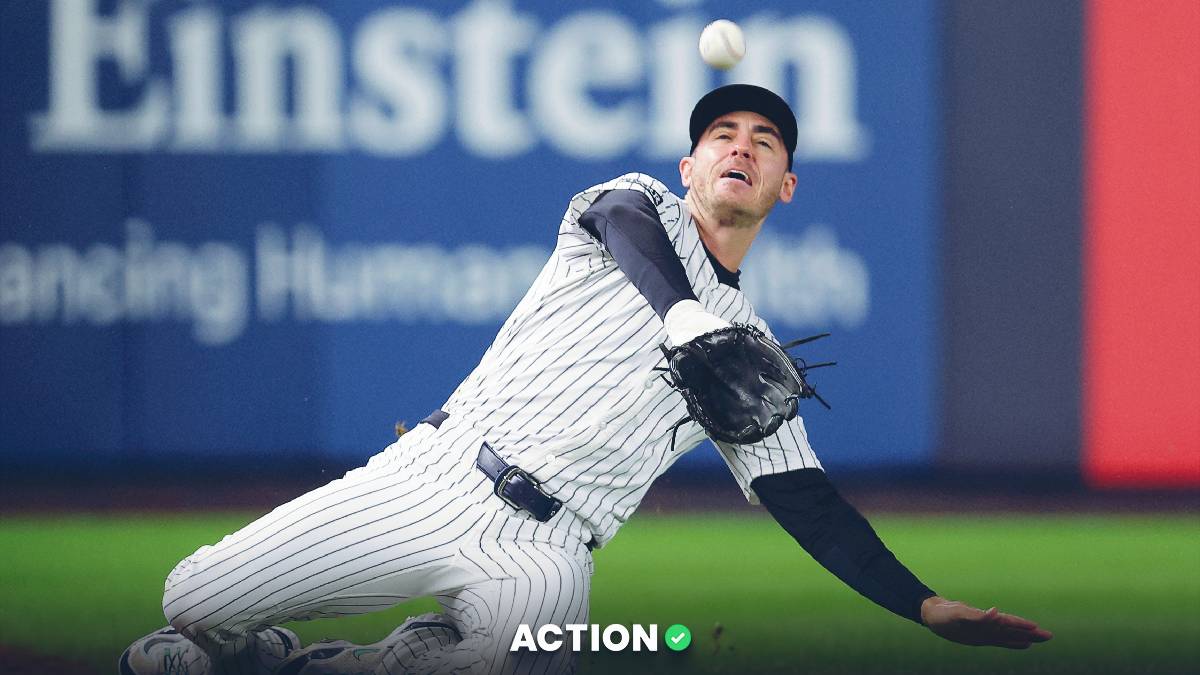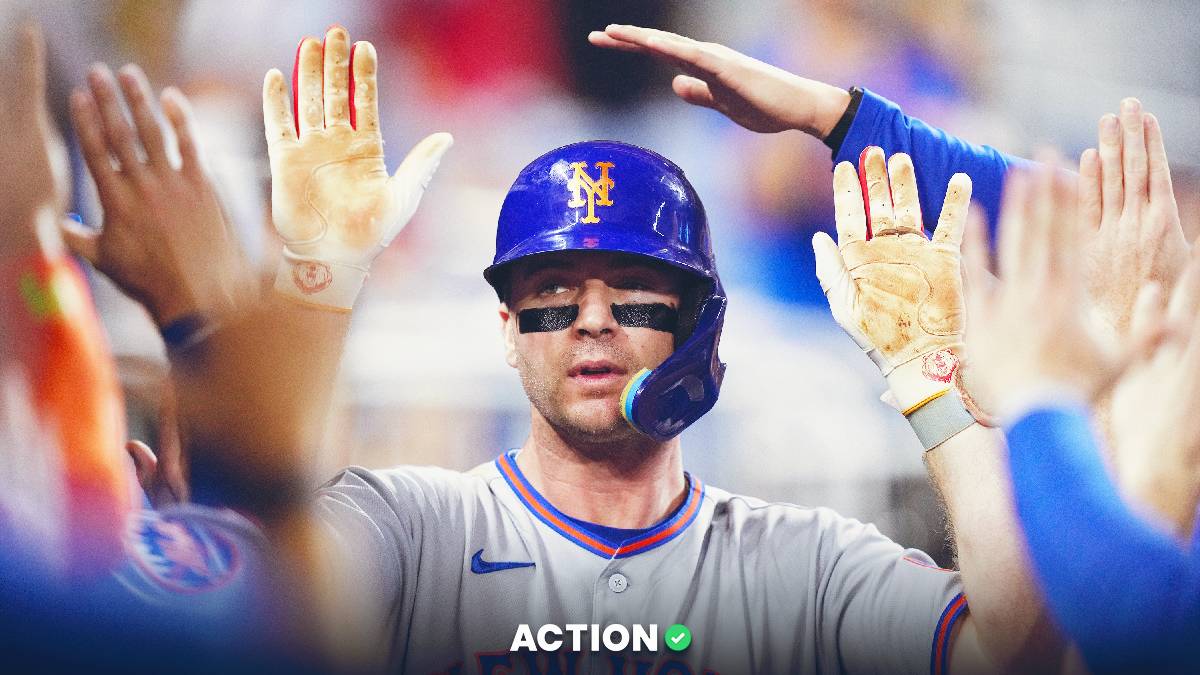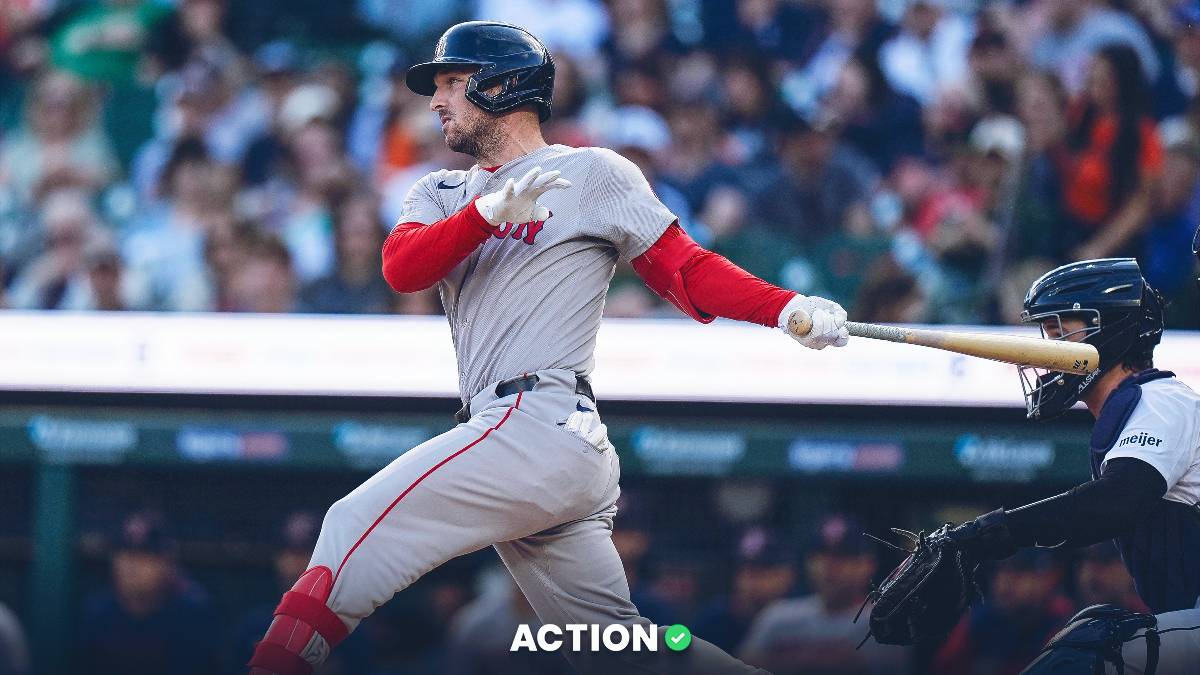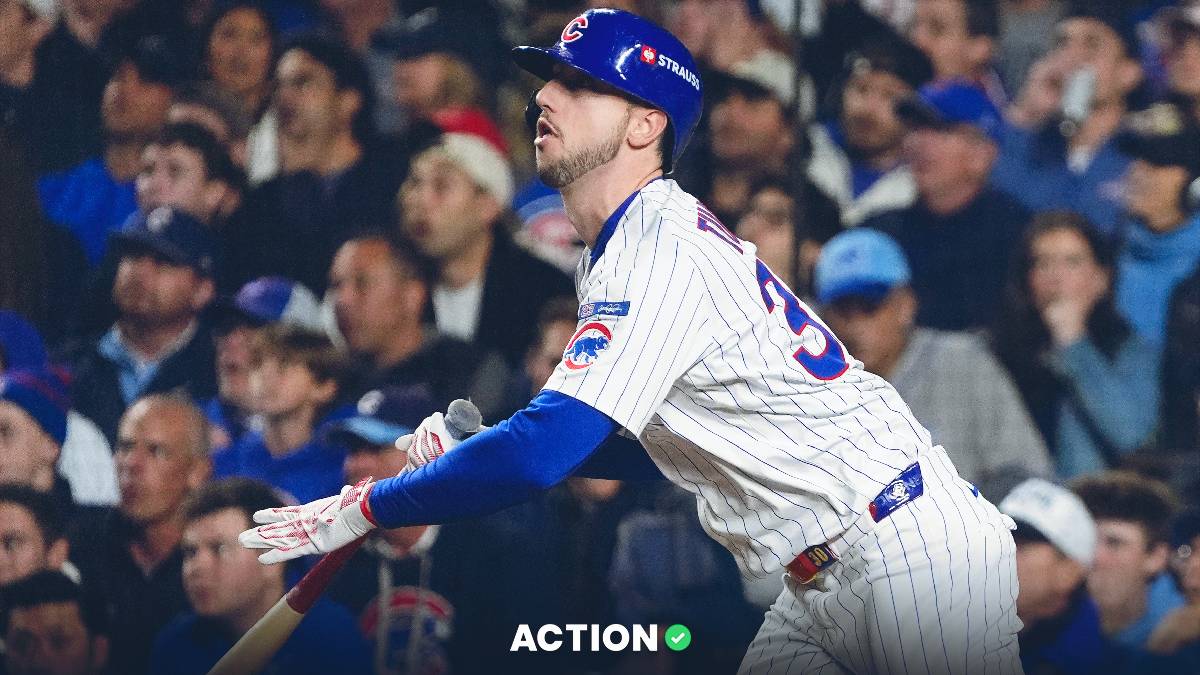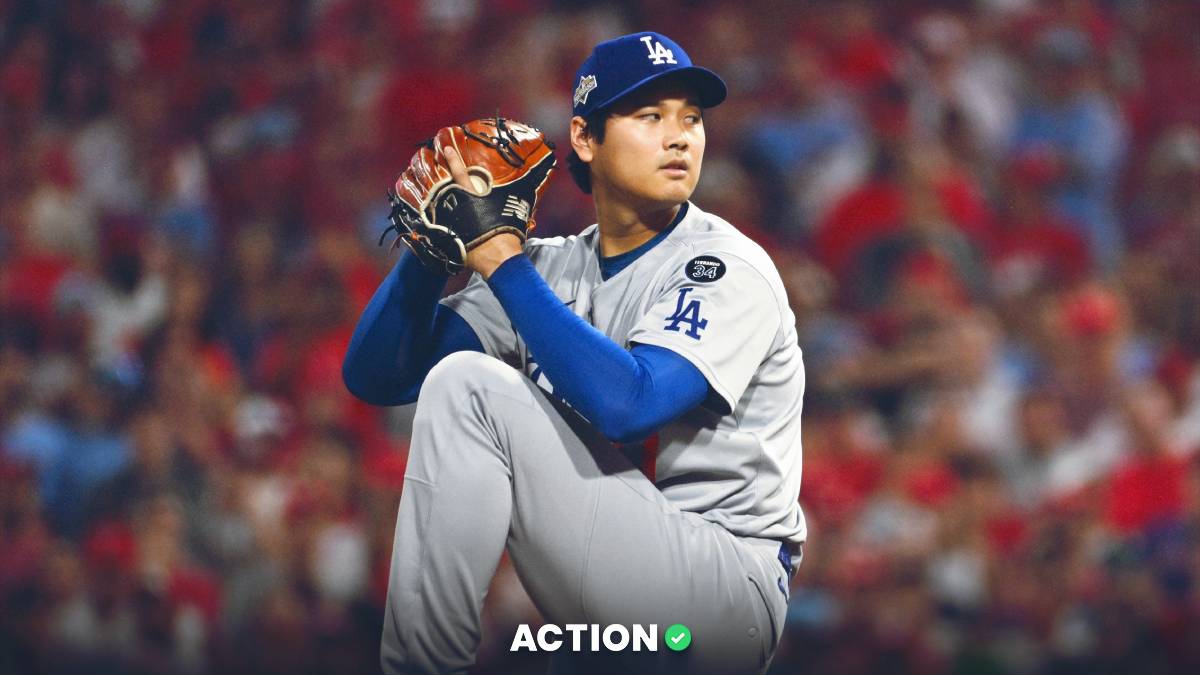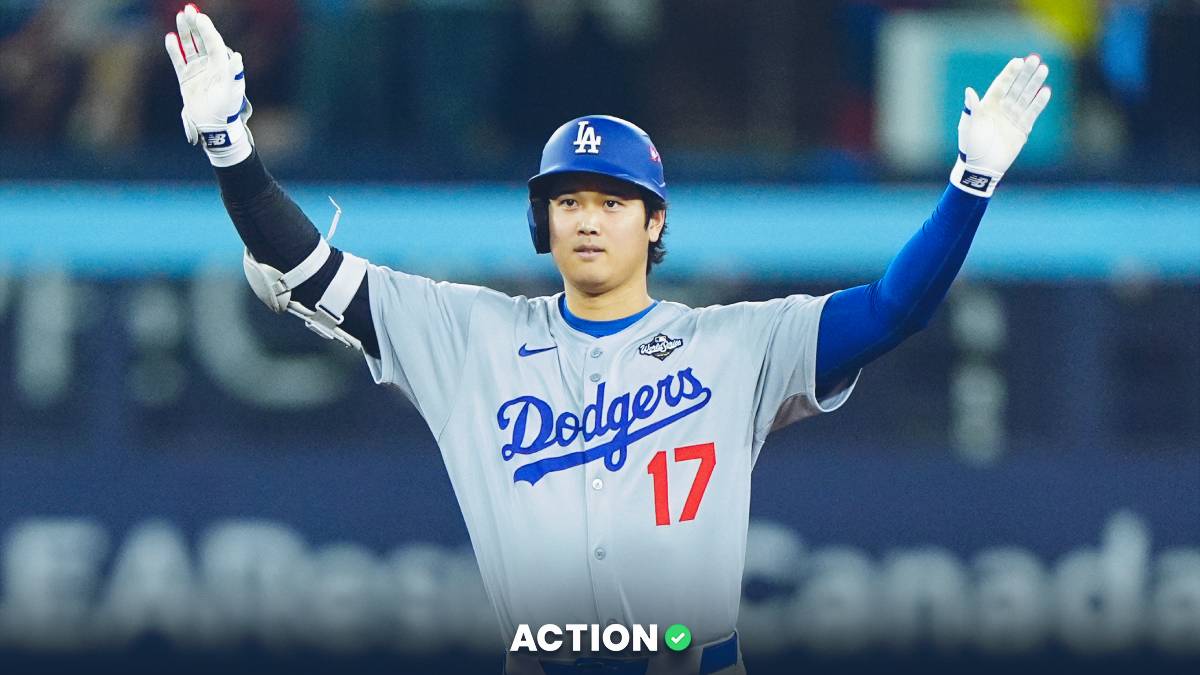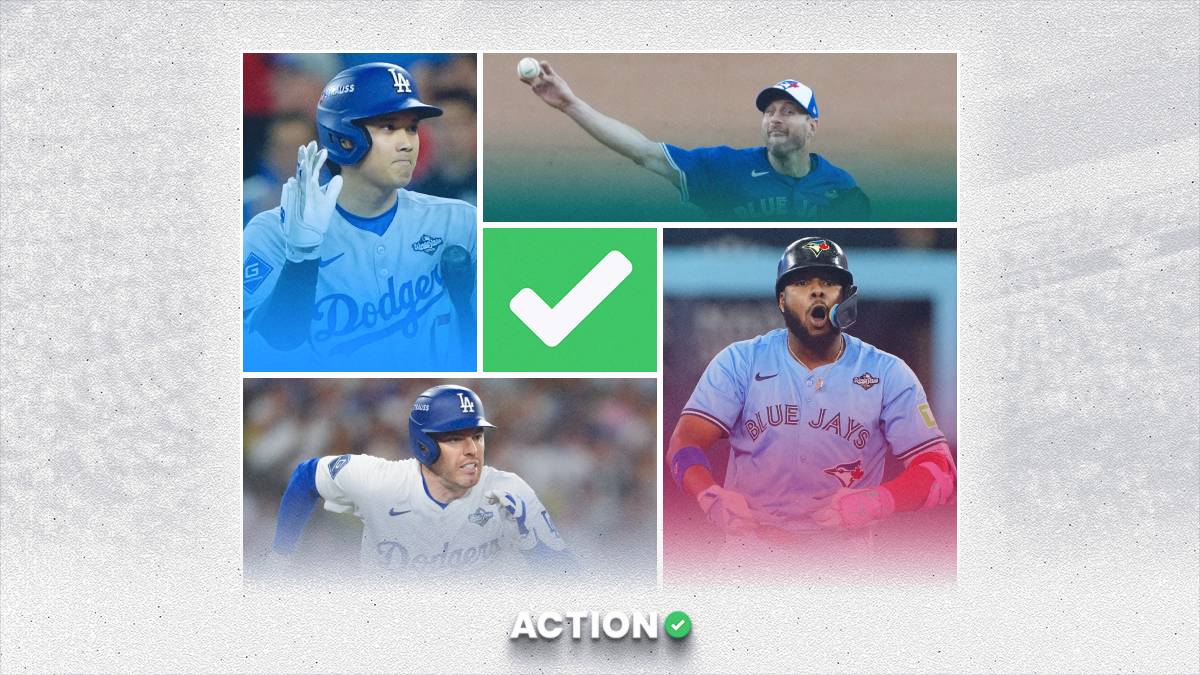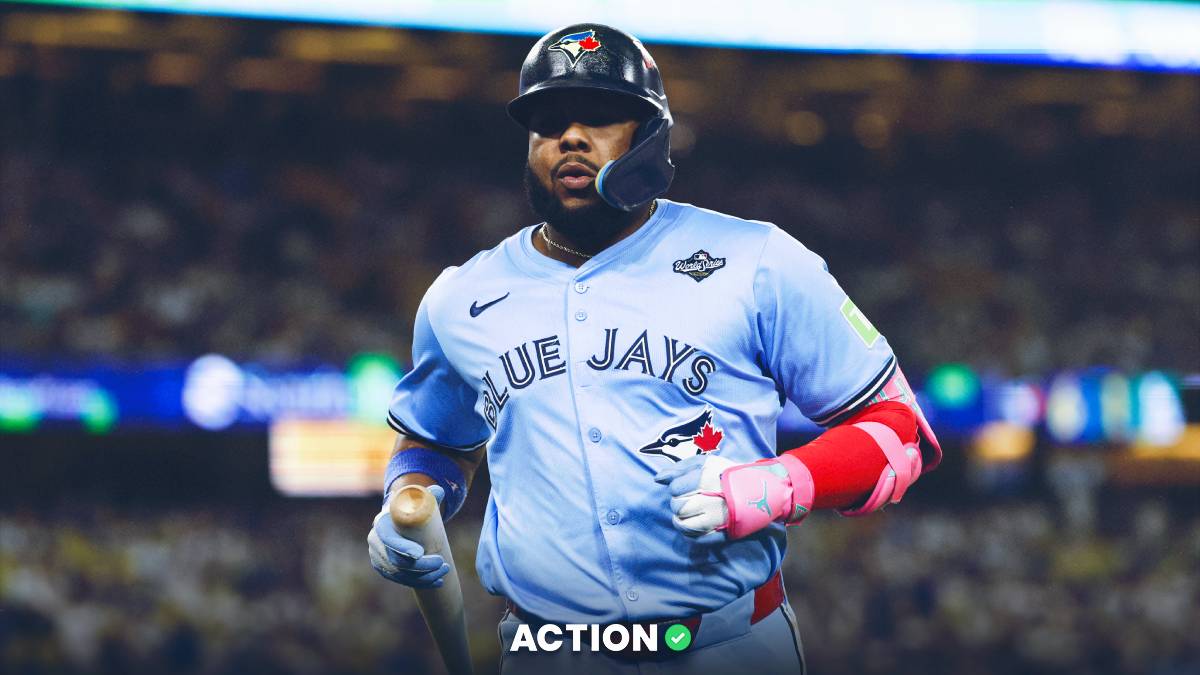Last MLB season, I built a model to predict the odds of a run being scored in the first inning of MLB games. Overall it was a success, with bets going 349-310 for a profit of just under 14 units. There was a notable drop-off in the final few months of the season, though. Part of this is likely explained by variance (either positive variance early, negative variance late, or both) and partially because sportsbooks get sharper as the season goes on.
However, at least some of it was due to an error in how I approached the model. The biggest change for this season will be in addressing that, but I've also made some other tweaks that should improve accuracy throughout the year. Before we get into those, I'll explain how NRFI/YRFI bets work and give some details on how my model worked last season.
What is a NRFI/YRFI Bet?
The NRFI and YRFI bets have surged in popularity in recent years. The premise is simple: will a run be scored in the first inning of a game?
Sportsbooks list this differently, but here's a random sampling of how the bets are listed at various sportsbooks:
- BetMGM: Will there be a score in the first inning? Yes/No
- DraftKings: Total Runs – Inning 1: Under 0.5/Over 0.5
- FanDuel: 1st Innings Total Runs: 0 Runs/1 Run/2 Runs or more
- Bet365: A Run in the 1st Inning: Yes/No
- Caesars: Any Run in 1st Inning? Yes/No
These are just different ways of phrasing the same wager, which allows you to bet on whether either team will score in the first inning. Most books will offer this bet, and given that the first inning prop market isn't as robust or efficient as the full game market, it's imperative that you line shop to get the best NRFI/YRFI value.
Sportsbooks will also offer team-specific YRFI/NRFI, so if, for example, the Yankees are playing the Red Sox, you can bet specifically on either team to score or not score in the first inning. Likewise, in 2023 some sportsbooks allowed you to bet cross-game NRFIs/YRFIs, meaning you could take one-half of the equation from two different games and essentially parlay them together to create your own bet. As an example, if the Twins are playing the Royals and the Dodgers are playing the Cardinals, you could bet the on the Royals and Cardinals to both fail to score in the first inning. If both of those odds are -380, it creates a -170 NRFI parlay across the two games.
Last Season
The process is relatively simple. First, I start by assuming that the full game (implied) run totals for either team are roughly efficient. As mentioned above, that tends to be the case more often than not. This saves me the trouble of trying to predict the total runs scored in the game — and allows me to focus strictly on the "when" rather than "how many."
Next, I built a database of pitchers performance the first time through the order, relative to their overall stats. Since the latter is presumably baked into the full game total, I wanted to figure out if those runs are more likely to come early or late. Most — but not all — MLB starters do somewhat better early in games, but with some variance in just how much. The model uses xFIP (expected Fielding Independent Pitching) as the ERA predictor of choice.
That's only half of the equation, though, with the offenses making up the other half. To do this, I looked at what percentage of a team's total runs is produced by the top three batters in the lineup. While a first inning run scored, by definition, needs at least four hitters to come to the plate, one of the first three has to actually score it. The metric of choice here is wRC+, based on the projected lineup for the day from each team.
This is a bit of a tradeoff, as lineups (and run totals) can shift throughout the day, especially if significant contributors miss time. However, in my experience the inefficiency of the morning lines more than makes up for the leakage in the model. With that said, exercise caution if, say, Mike Trout is listed as questionable for the night's game.
2024 Hitter Updates
The first update deals with how we'll handle projections from the offensive side. Last year, this was done by looking at a team's overall production, and dividing that by what share of that came from the first three hitters. A few months in, I also separated each team's production by the opposing pitcher's handedness, creating separate databases for each platoon split.
This season, rather than look at teams' base rates, I've reconfigured the model to include player-level data (specifically wRC+ from each hitter). That way, lineup changes, injuries and additions won't create as many issues with the projections. Of course, we'll still have late changes to the projected lineup to deal with, but we'll be much closer to the likely production from the top of the order.
One of the issues last season was trades impacting certain teams lineups. Since we were evaluating production from that team throughout the season, it sometimes counted production from players who were no longer on the team, or failed to include players who now were. This change should improve the projection all season, but have a bigger impact once trades start to take place.
2024 Pitcher Updates
The bigger issue at the tail end of the season (by my estimation, at least) was on the pitching side. I powered the pitching projections with xFIP (expected Fielding Independent Pitching), an ERA predictor that attempts to evaluate a pitcher's true skill by removing the defense behind him, home run to fly ball variation and batted ball luck from the equation.
This worked great … early in the season. Since most, if not all, MLB pitchers saw at least some changes behind them from year-to-year, xFIP worked better to predict future ERA than past ERA. Changes in home ballpark and the players behind them make that the case.
However, late in the season, removing the quality of defense and the typical home run/fly ball rate allowed does more harm than good. Except in the case of pitchers changing teams, the impact of those factors on actual runs scored should be relatively sticky throughout the season. Especially since, for the sake of this type of bet, we don't particularly care whether a run was earned or not.
Therefore, this year I'll be using a weighted average of xFIP and ERA to evaluate pitcher stats. It will gradually shift throughout the season to put more weight on ERA, depending on the amount of innings pitched by each pitcher.
NRFI/YRFI Betting in 2024
I'll be posting my favorite NRFI/YRFI bets from individual slates throughout the MLB season. Be sure to download the Action App to view odds and get my picks for all of 2024.


